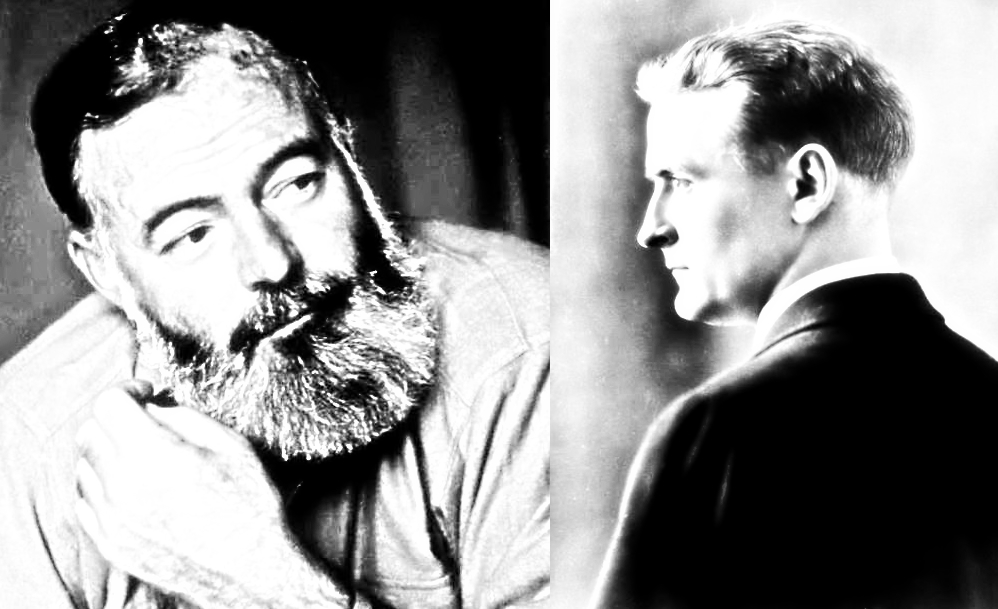It is untrue that most jazz artists were heroin-addicted junkies who just got strung out until their midnight jam session kicked in at some smoky club at the edge of town—but the rumor persists because the imagery is, due to lack of a better word, cool. Likewise, the Romantic poets were not all desperate weirdos who died young and brokenhearted, but the rumor persists because it is decidedly romantic.
Oh, well, it makes sense that there are myths and stories where writers write.
Anyhow, as far as today’s post, I have always been magnetically pulled toward shorter poems because they legitimately take less time to read and analyze (which means less figurative language to deconstruct and fewer metaphors to interpret). That has changed as of late as my interest in poetry has peaked and I have been better able to sustain my patience when it comes to wordplay and dense symbolism (so much dense symbolism). Keats’s poem “The living hand, now warm and capable” is fairly straightforward (a little abstruse at the end) and embodies poetry in the Gothic tradition, even though he was predominantly a Romantic writer.
A little about the author
John Keats, Romantic poet, died when he was 26 years old, which is a young age to die in the modern era and was a young age to die in 1821. Though critically panned in his day, he is now known for his creativity and commitment to the lyrical form, and his poems featured, “vivid imagery and great sensuous appeal.” What is more, though he died in his youth, Keats was a prolific author and wrote most of his major works in 1819.
Keats’ “The living hand, now warm and capable” is a great example of the poet in top form, even though this poem appears to be a somewhat discarded piece of verse written “on a manuscript page of one of his unfinished poems” (Tearle).
Why this poem?
I am sharing this poem because even though Keats was known as a Romantic, he dabbled in Gothic forms; and, in the eight short lines of this poem, Keats demonstrates his ability at conveying these themes. “And in the icy silence of the tomb/That thou would wish thine own heart dry of blood” are lines that ooze horror and the macabre.
Though seemingly written for his love Fanny Brawne (And thou be conscience-calm’d–see here it is–/I hold it towards you), the poem reaches for a deeper meaning of humanity in its approach to mortality (being sick with tuberculosis will do that, I think).
As stated by Dr. Oliver Tearle in “A short analysis of Keats’s ‘This Living Hand,’ “But if he were dead and his hand cold, his hand would haunt the addressee of the lines, to the extent that she … would wish that she had been the one to die instead, so that she might be relieved of her conscience” (Tearle).
“The living hand,” itself conjures vivid images of a disembodied hand “warm and capable” skittering across the floor … but, then again, that would be a misreading. The true tale in the poem speaks of mortal impermanence and a nameless narrator’s thoughts about being alive and how death is as pervasive as the thoughts of it that cross our minds. As one analysis reads, the unnamed narrator has blood running in his hands, signifying life, but the dark shadow of the reaper always looms.
“This living hand, now warm and capable”
This living hand, now warm and capable
Of earnest grasping, would, if it were cold
And in the icy silence of the tomb,
So haunt thy days and chill thy dreaming nights
That thou would wish thine own heart dry of blood
So in my veins red life might stream again,
And thou be conscience-calm’d–see here it is–
I hold it towards you.
Works Cited
- Tearle, Oliver. “A short Analysis of Keats’s ‘This Living Hand.’” Interesting Literature. Web. Feb. 18, 2021.







